West Kennet Long Barrow stands as a testament to Britain’s rich prehistoric heritage, offering a fascinating glimpse into the lives and beliefs of our Neolithic ancestors. Located near Avebury in Wiltshire, this ancient burial site has captivated archaeologists and history enthusiasts for generations, revealing secrets of a civilization that flourished over 5,600 years ago.
An Engineering Marvel of the Neolithic Age
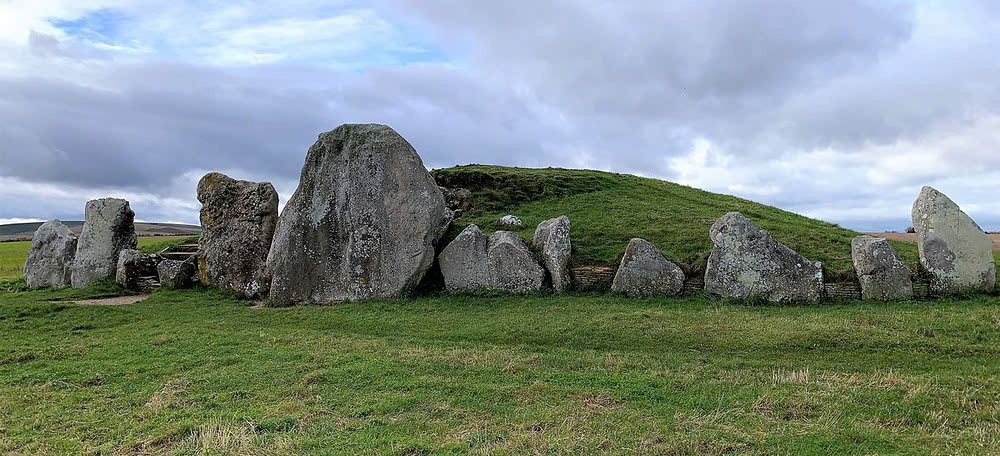
The sheer scale of West Kennet Long Barrow is awe-inspiring. Stretching an impressive 100 meters in length, this monumental tomb represents one of Britain’s most ambitious Neolithic construction projects. Built with massive sarsen stones and carefully packed earth, the structure features multiple burial chambers that served as the final resting place for generations of ancient Britons.
Archaeological Discoveries and Cultural Significance
A Window into Ancient Burial Practices
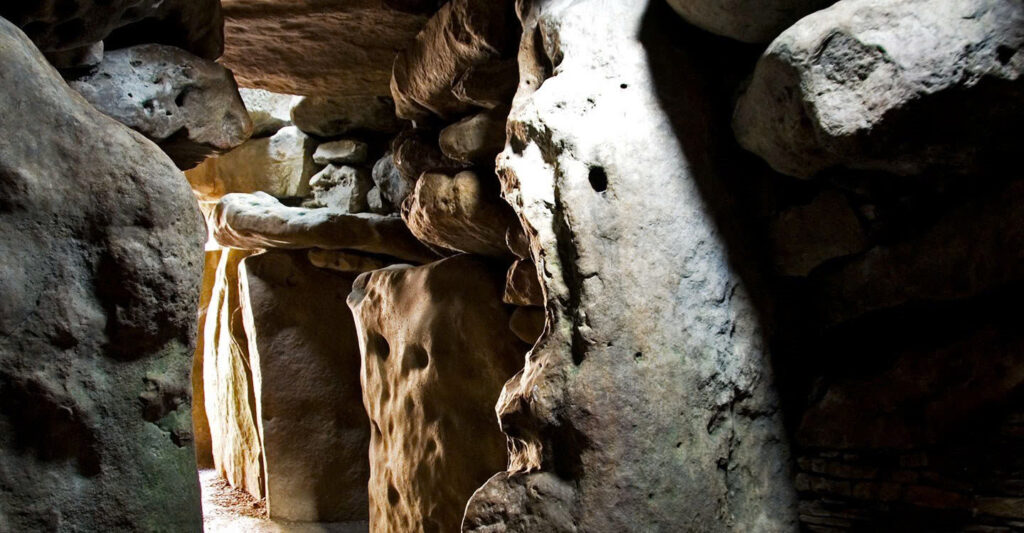
The excavations of the 20th century unveiled remarkable findings within the tomb’s chambers. Archaeologists discovered the remains of at least 46 individuals, accompanied by an array of artifacts including pottery, tools, and animal bones. These discoveries paint a vivid picture of a society that practiced complex burial rituals and potentially engaged in ancestor worship.
Sacred Ground in a Ritual Landscape
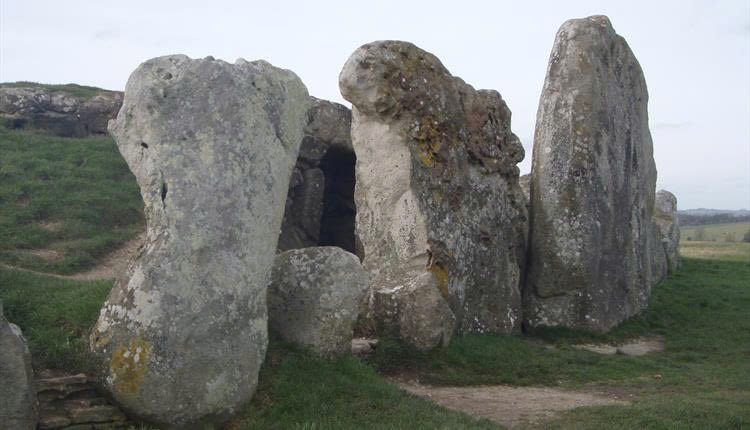
The tomb’s strategic location near the famous Avebury stone circles suggests its integral role in the spiritual life of Neolithic Britain. The careful placement of grave goods alongside the deceased indicates a sophisticated understanding of the afterlife, while the continuous use of the site over centuries speaks to its enduring sacred significance.
Video
An Enduring Monument to Ancient Britain
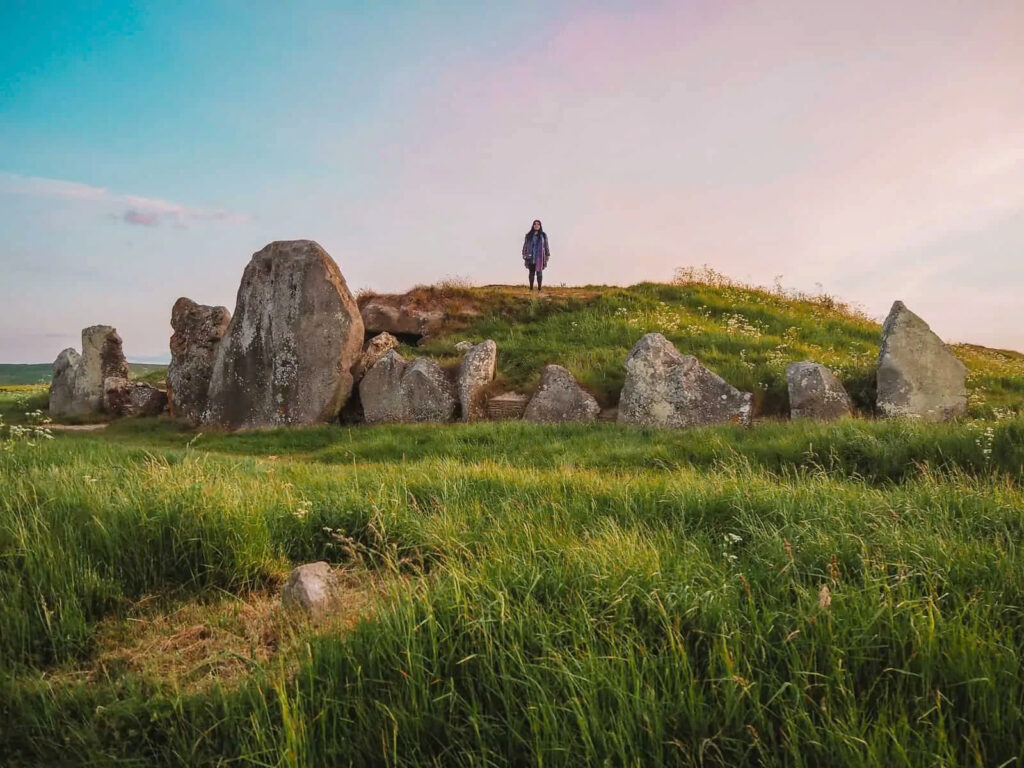
Today, West Kennet Long Barrow continues to stand as one of Britain’s most well-preserved Neolithic monuments. Its chambers and passageways tell stories of communal life, spiritual beliefs, and the technological achievements of our ancient ancestors. As visitors walk these ancient grounds, they step into a portal to the past, experiencing firsthand the legacy of those who shaped Britain’s earliest history.
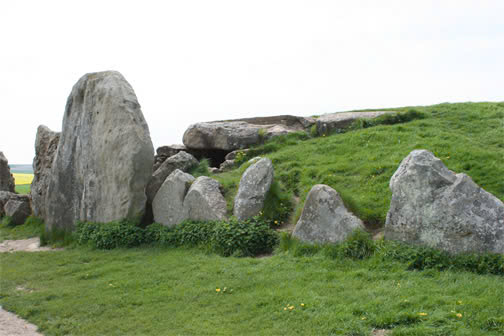
The tomb not only serves as a remarkable archaeological site but also as a powerful reminder of humanity’s timeless desire to honor and remember those who came before. In its silent stones and carefully constructed chambers, West Kennet Long Barrow preserves the memory of a people who, though separated from us by millennia, shared our fundamental need to commemorate and celebrate the lives of their community members.

